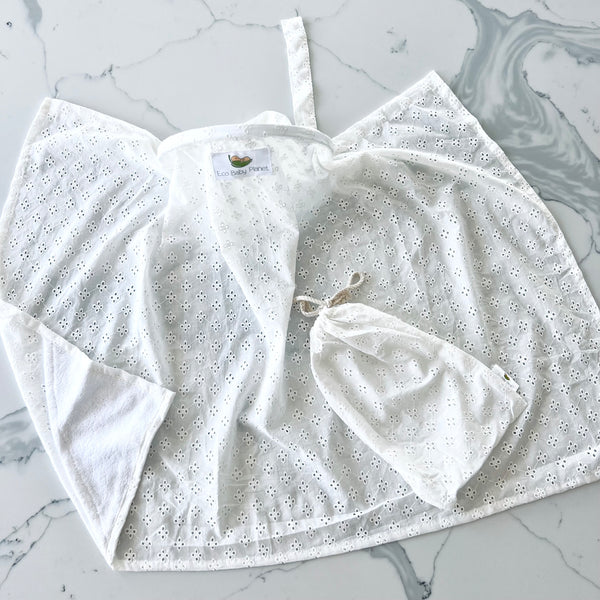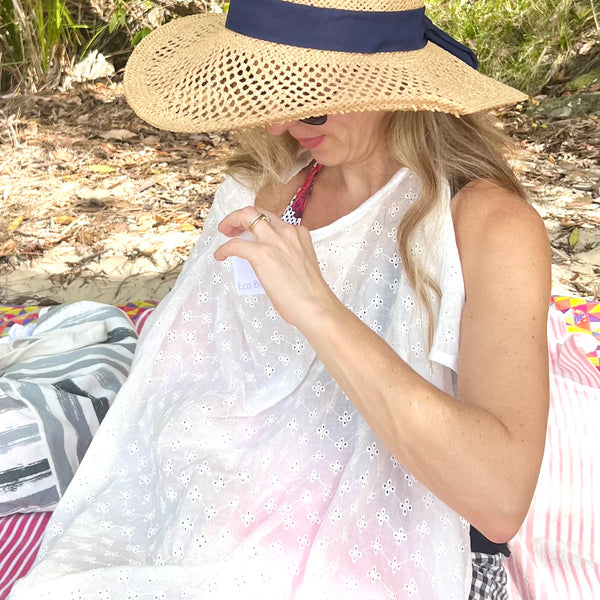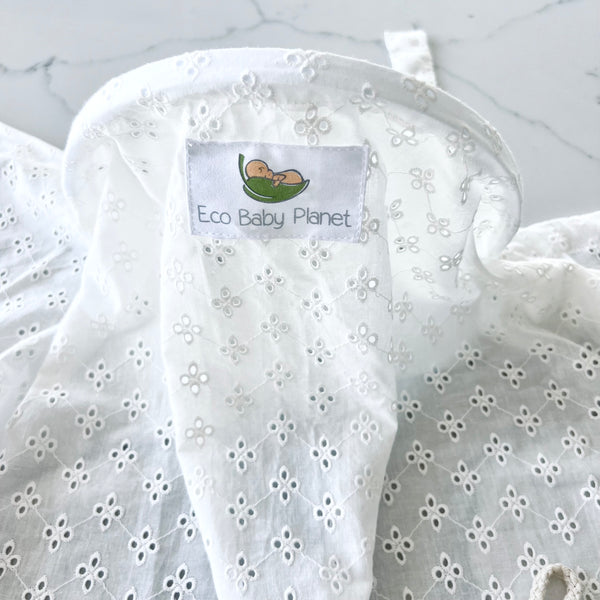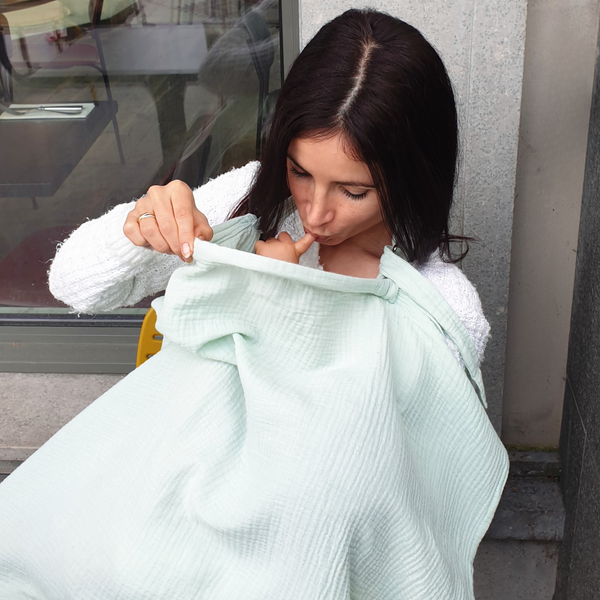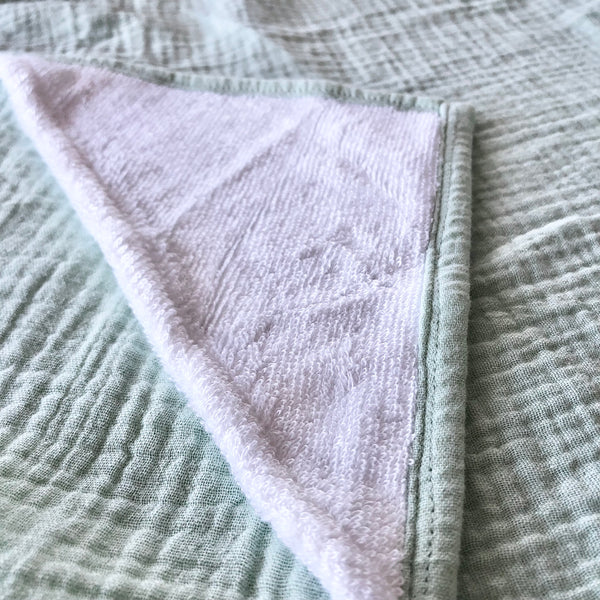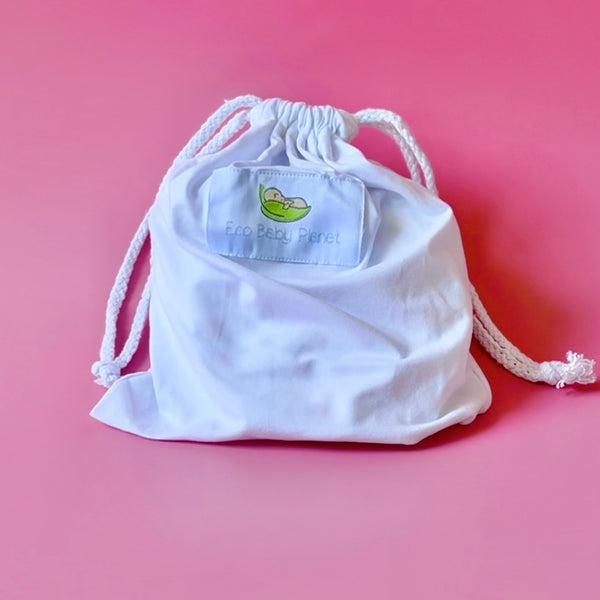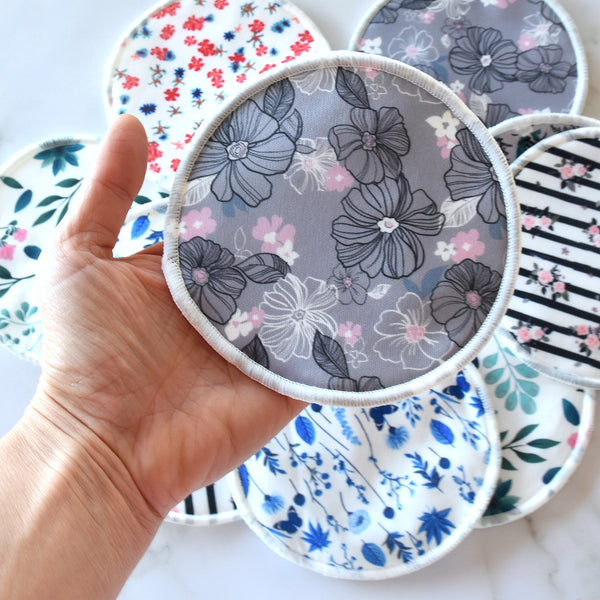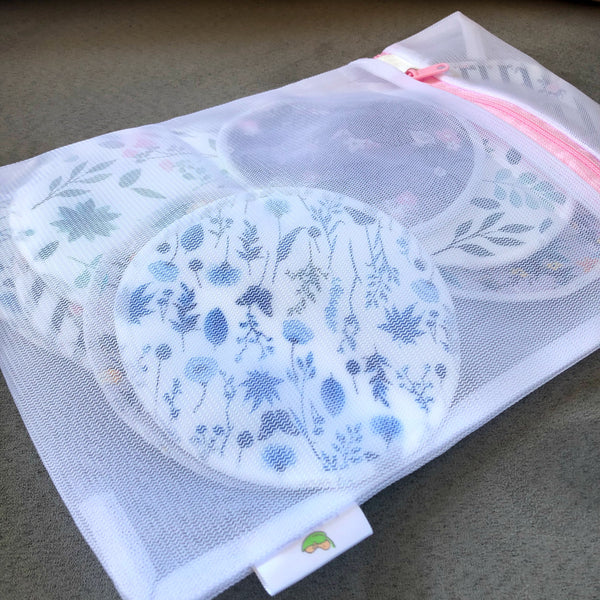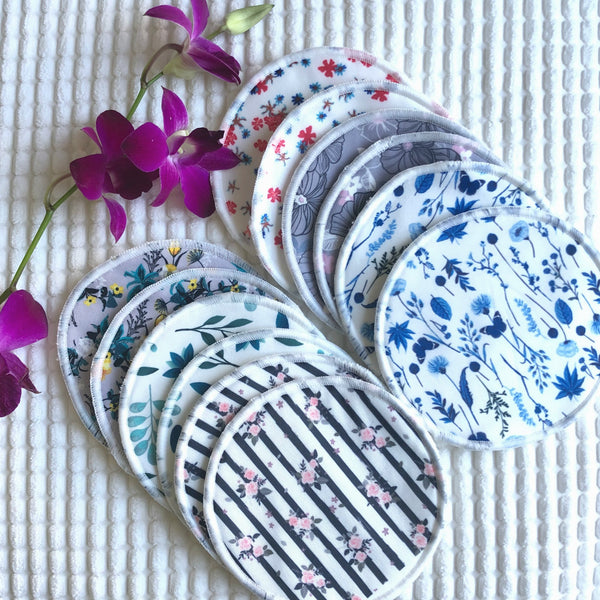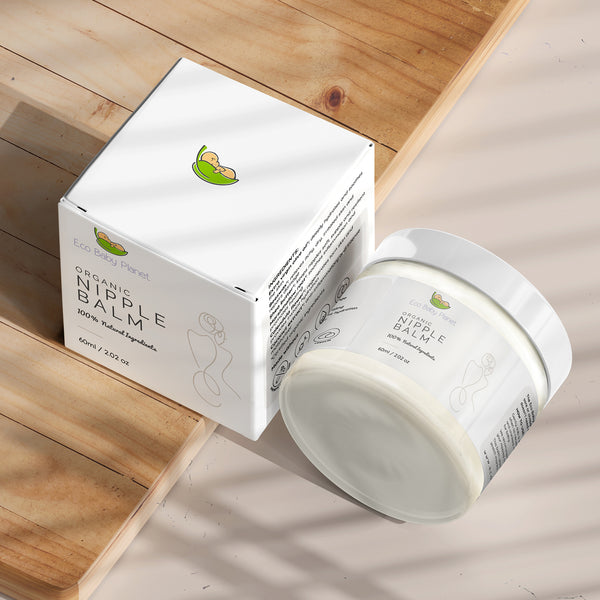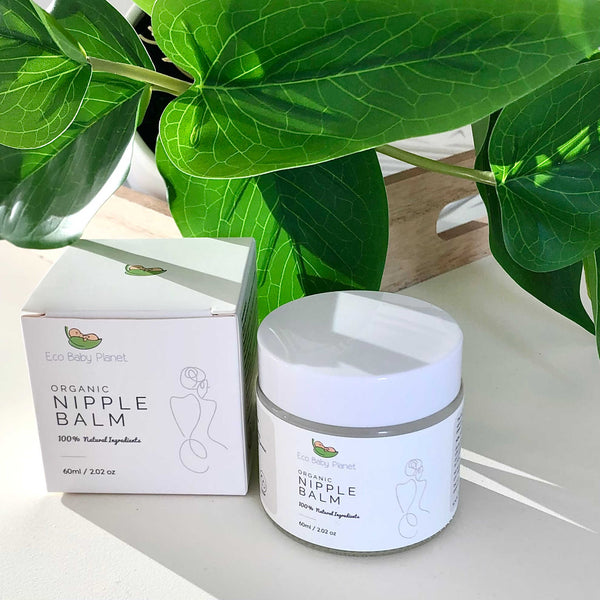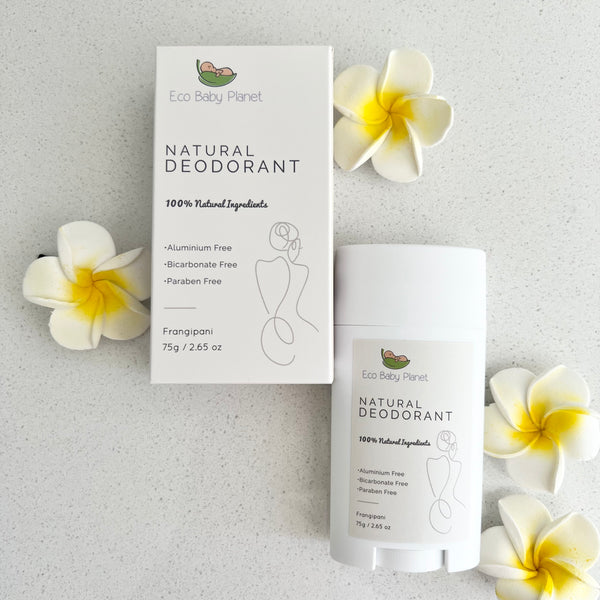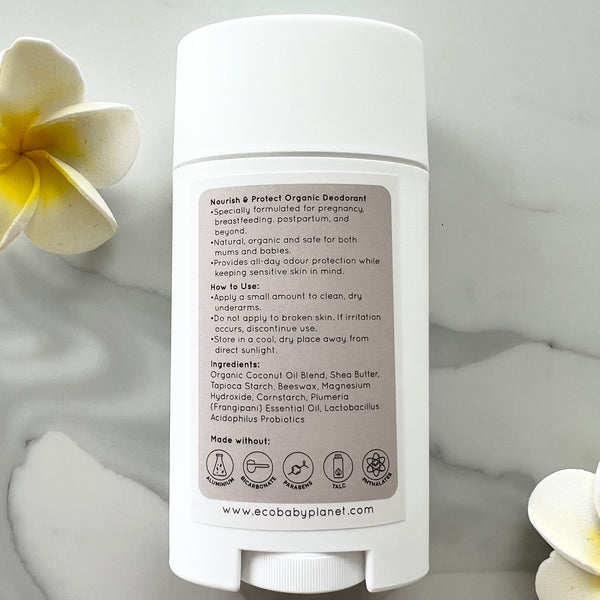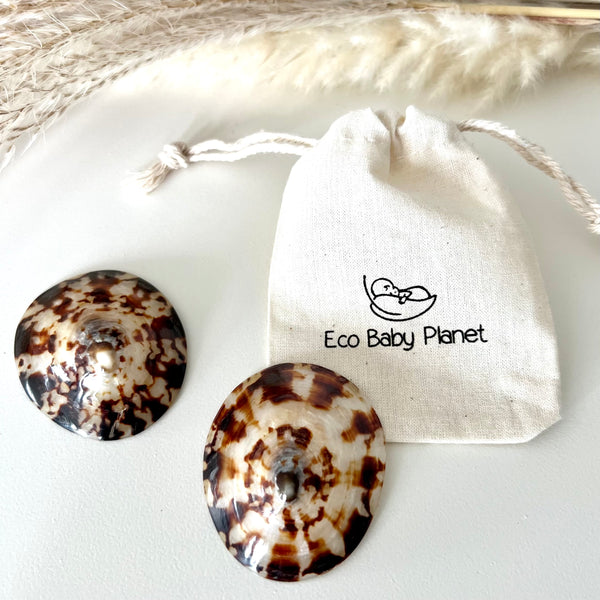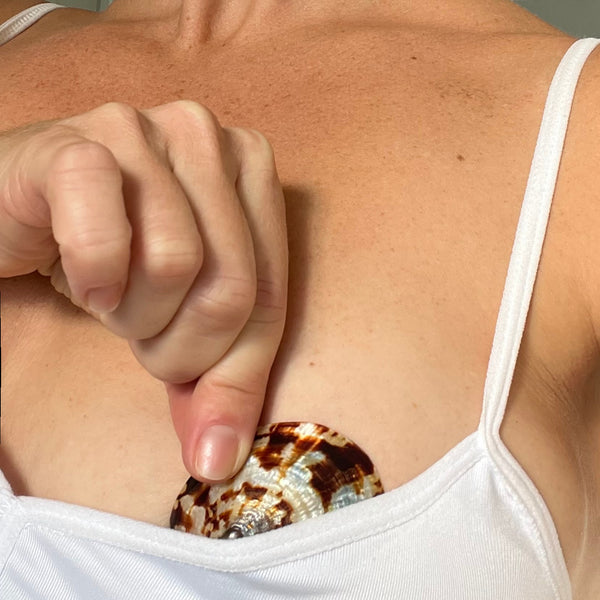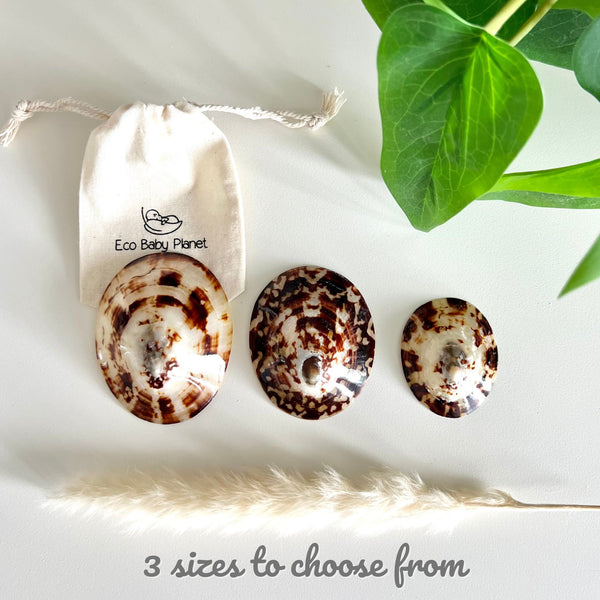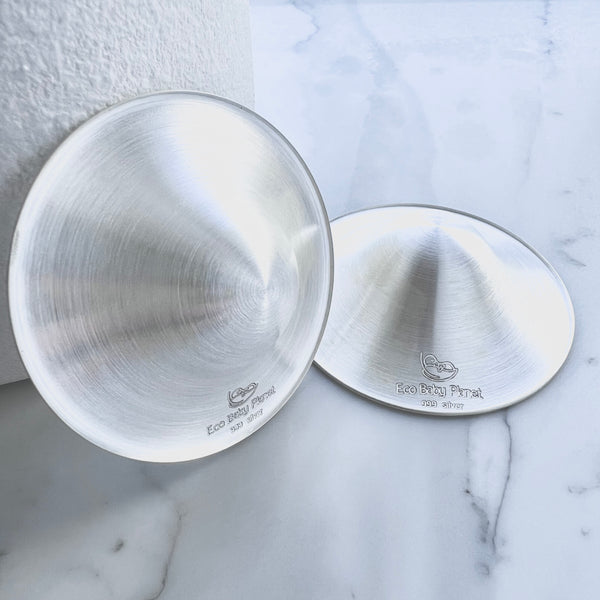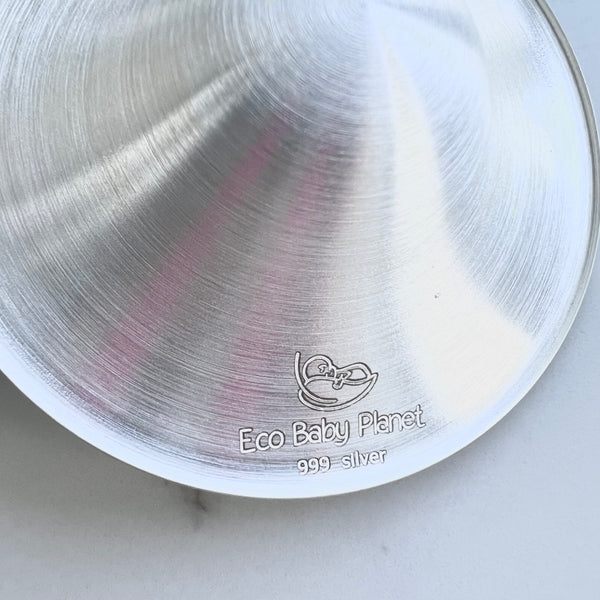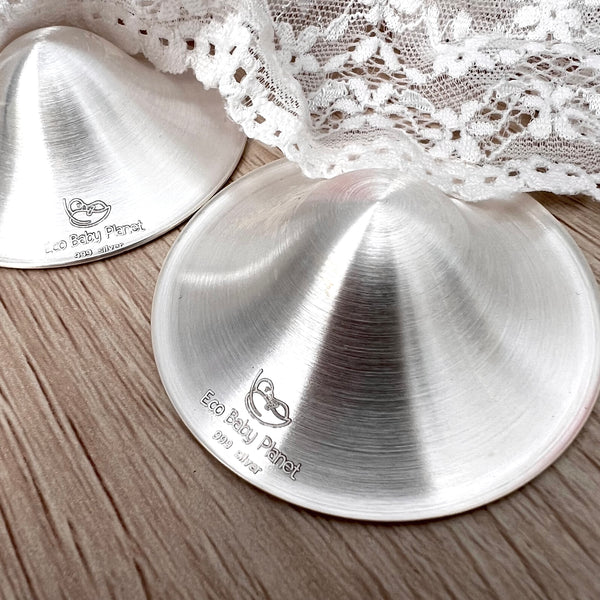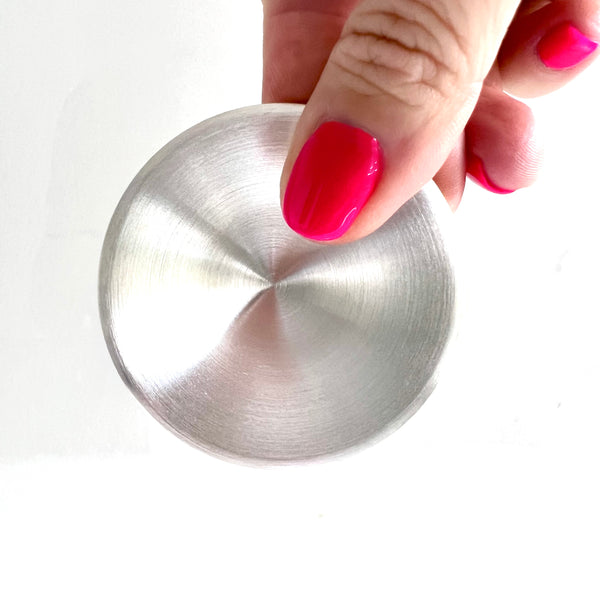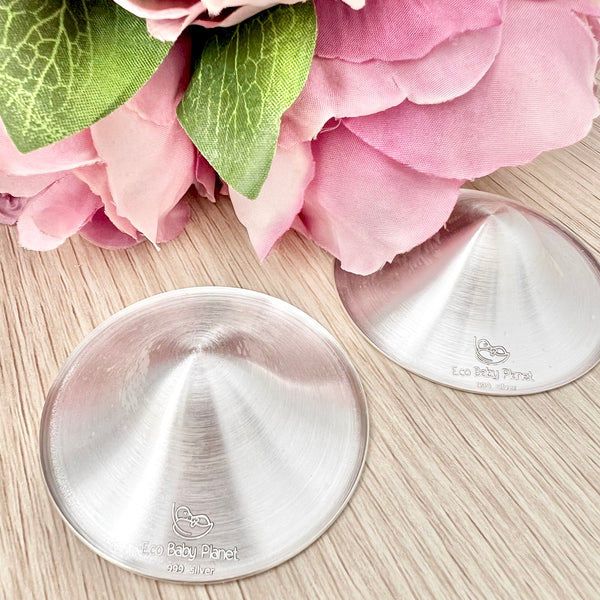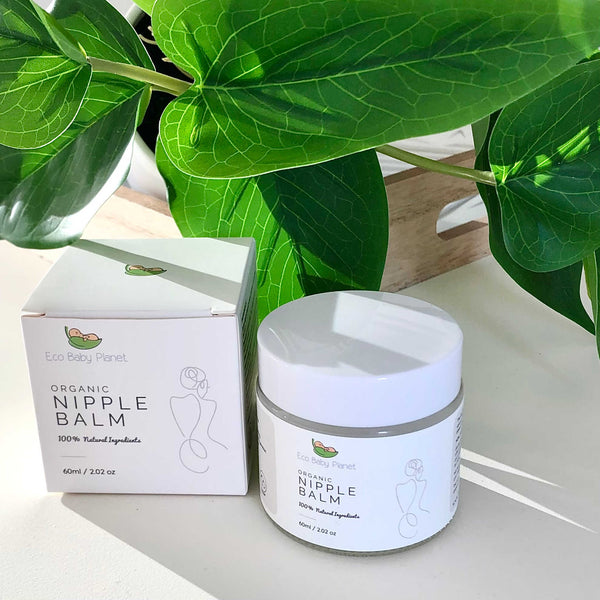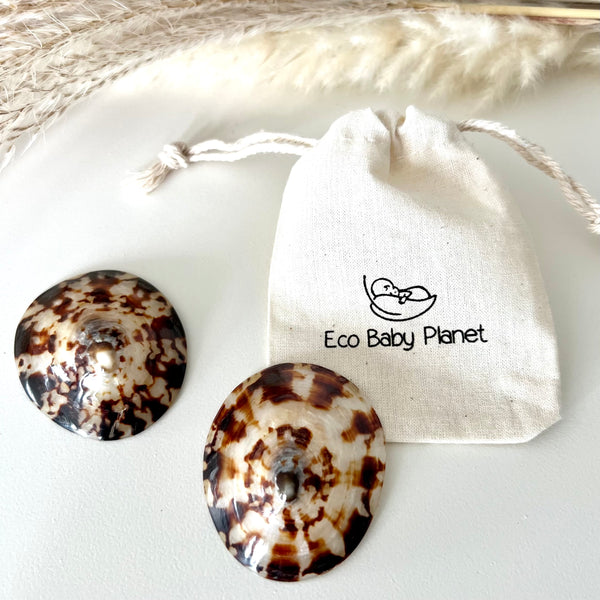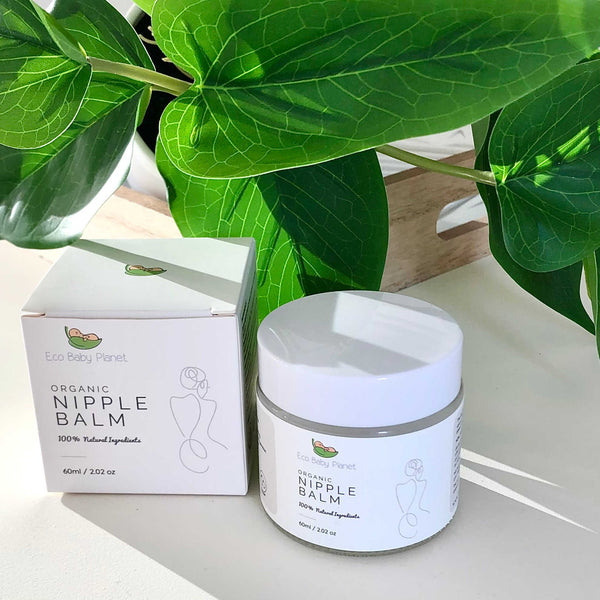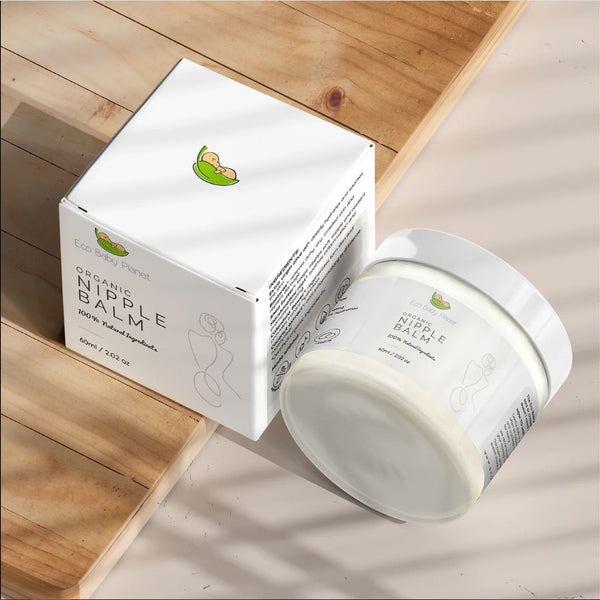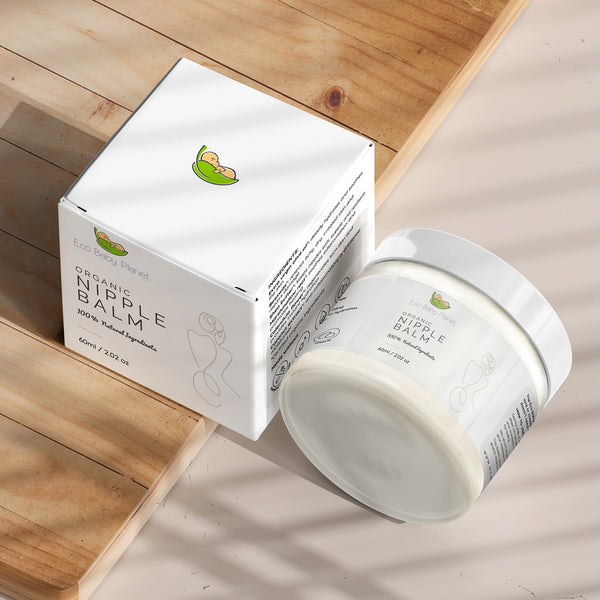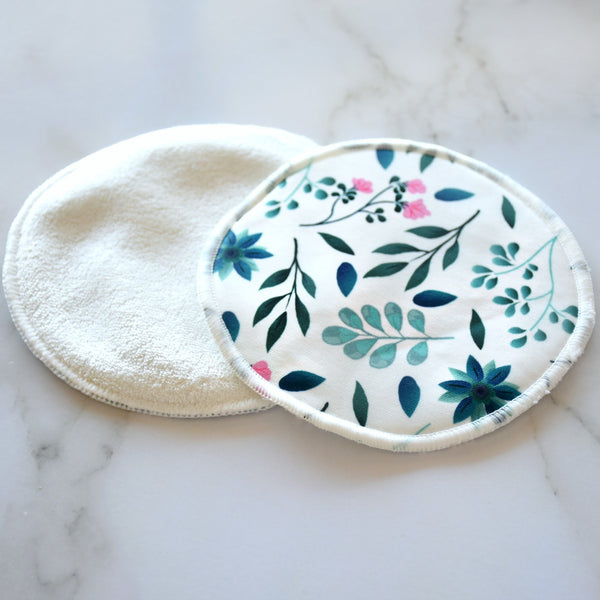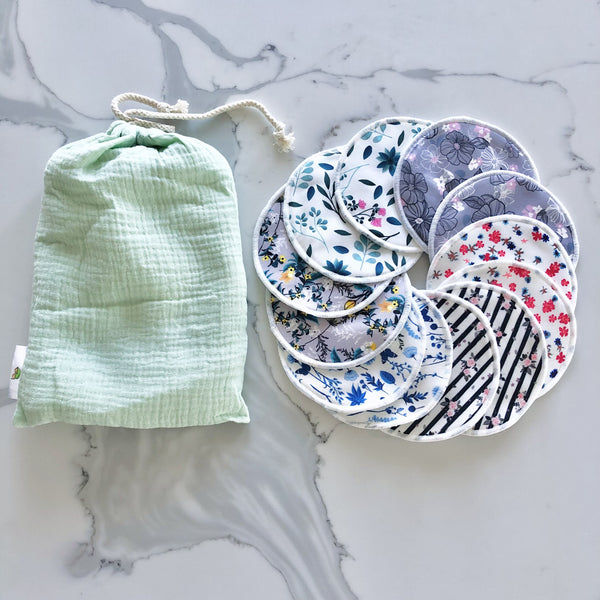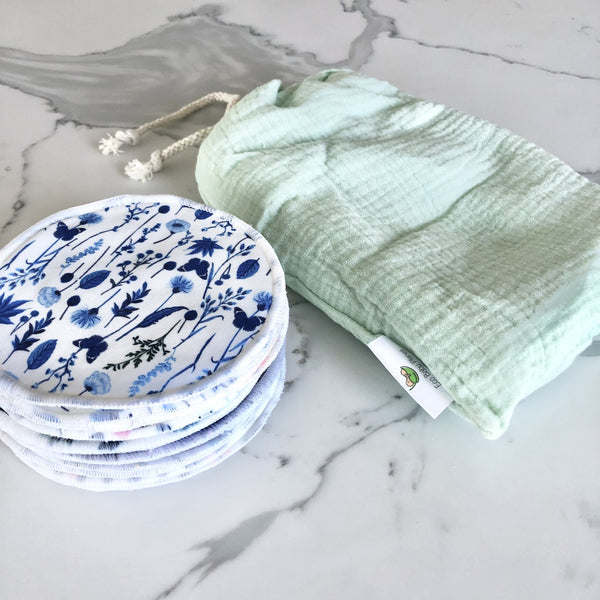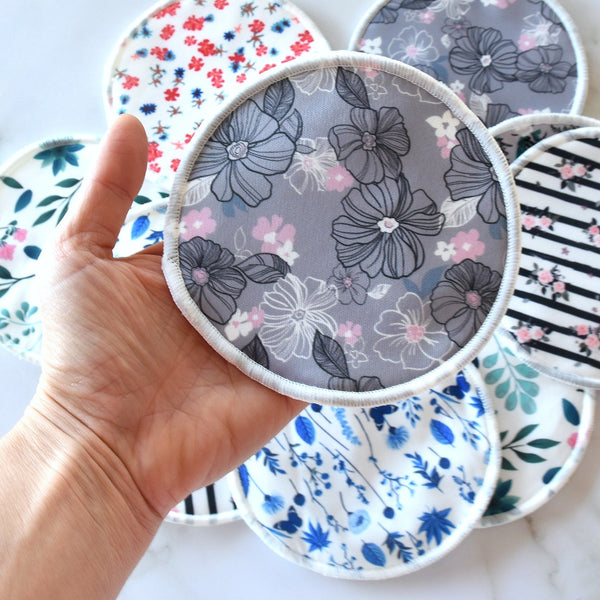Breastfeeding is one of the most important ways to ensure the health and wellbeing of newborns and infants. In Australia, the government recommends exclusive breastfeeding for the first six months of a baby's life, followed by continued breastfeeding alongside solid foods until the age of 12 months or beyond. Breastmilk provides all the necessary nutrients and antibodies that a baby needs to grow and develop, and breastfeeding can have many benefits for both mothers and babies.
Preparing for Breastfeeding
Before your baby is born, it's important to prepare for breastfeeding. One way to do this is by attending antenatal classes, where you can learn about the benefits of breastfeeding, how to position your baby, and how to tell if your baby is getting enough milk. You can also talk to a lactation consultant or your midwife to get more information about breastfeeding.
It can also be helpful to read up on the different breastfeeding positions, such as the cradle hold, the football hold, and the side-lying position. You can practice these positions with a doll or stuffed animal to get a feel for them before your baby is born.
Establishing Breastfeeding
It's best to start breastfeeding as soon as possible after your baby is born, ideally within the first hour. This is when your baby is most alert and ready to feed. If you have a vaginal birth, your baby will be placed on your chest skin-to-skin, which can help them to latch on to your breast and start feeding.
If you have a caesarean birth, you can still breastfeed your baby soon after they are born. Your baby will be placed on your chest skin-to-skin, and you can hold them in the football hold position to breastfeed.
Getting Your Baby to Latch On
Getting your baby to latch on to your breast properly is important for successful breastfeeding. Some tips for getting a good latch include:
- Hold your baby close to your body, with their nose level with your nipple.
- Support your breast with your hand, using your fingers to shape your breast so that your baby can latch on to the nipple and areola.
- Wait for your baby to open their mouth wide, then bring them to your breast, aiming the nipple towards the roof of their mouth.
- Make sure your baby has a good mouthful of breast, with their lips flanged outwards and their chin touching your breast.
If you're having trouble getting your baby to latch on, you can ask for help from a lactation consultant or your midwife. They can show you how to position your baby correctly and help you identify any problems that might be preventing your baby from latching on.
Feeding on Demand
Breastfeeding is a supply-and-demand process, which means that the more your baby feeds, the more milk you'll produce. It's important to feed your baby whenever they show signs of hunger, which may include rooting, sucking on their fists, or crying. This is known as feeding on demand.
In the first few weeks after birth, your baby may want to feed frequently, sometimes every 1-3 hours. As your baby grows and their stomach capacity increases, they may go longer between feeds. However, it's important to continue to feed your baby on demand and not to limit their feeds.
How to Tell if Your Baby is Getting Enough Milk
It's normal to worry about whether your baby is getting enough milk, especially in the first few days after birth. Some signs that your baby is getting enough milk include:
- Your baby is gaining weight and has plenty of wet and dirty nappies.
- Your breasts feel softer after a feed.
- Your baby is alert and content after a feed.
Your baby is feeding frequently, at least 8-12 times per day.
If you're concerned that your baby isn't getting enough milk, it's important to speak to your midwife, lactation consultant or doctor. They can help you to assess your baby's feeding and weight gain, and provide advice on how to increase your milk supply if necessary.
Breastfeeding Positions
There are many different positions for breastfeeding, and it's important to find one that is comfortable for you and your baby. Some popular positions include:
- Cradle hold: In this position, you hold your baby in your arms with their head resting in the crook of your elbow. Your baby lies on their side, facing your breast, and their body is supported by your forearm. This is a good position for older babies who can support their own heads.
- Football hold: In this position, you tuck your baby under your arm like a football, with their head near your breast. Your baby's legs extend behind you, and their body is supported by a pillow or cushion. This position can be good for smaller or younger babies.
- Side-lying position: In this position, you lie on your side with your baby lying next to you, facing your breast. This position can be comfortable for night-time feeds, but it's important to make sure that your baby is safe and that you don't fall asleep while feeding.
Breastfeeding Challenges
Breastfeeding can be challenging, especially in the early weeks when you and your baby are still learning. Some common challenges include:
- Sore nipples: This can be caused by an incorrect latch, and can make breastfeeding painful. Using a lanolin cream or breast milk can help to soothe sore nipples.
- Engorgement: This happens when your breasts become too full of milk, making them feel hard and uncomfortable. Expressing some milk by hand or with a pump can help to relieve engorgement.
- Mastitis: This is an infection in the breast tissue, which can cause flu-like symptoms and a sore, red breast. Rest, plenty of fluids, and antibiotics may be necessary to treat mastitis.
If you're experiencing any breastfeeding challenges, it's important to seek help as soon as possible. A lactation consultant or your midwife can provide advice and support to help you overcome these challenges and continue breastfeeding.
Breastfeeding in Public
Breastfeeding in public is legal and protected by law in Australia. You have the right to breastfeed your baby anywhere, at any time, without being asked to leave or cover up. However, some mothers may feel more comfortable using a breastfeeding cover or nursing in a private area.
It's important to remember that breastfeeding is a natural and normal way to feed your baby, and that you have the right to do so without feeling ashamed or embarrassed.
Breastfeeding and Returning to Work
Many mothers in Australia return to work while they are still breastfeeding. It's possible to continue breastfeeding by expressing milk with a pump and storing it for your baby to drink later. You can also breastfeed your baby before and after work, and on weekends.
Employers in Australia are required by law to provide breastfeeding mothers with a private, comfortable space to express milk, as well as time off to do so. Talk to your employer about your breastfeeding needs before returning to work, and make a plan for how you will continue to breastfeed your baby.
Breastfeeding and Weaning
Weaning is the process of transitioning your baby from breastmilk to solid foods. The World Health Organization recommends breastfeeding for at least the first two years of a baby's life, but many mothers choose to wean their babies earlier than this.
If you're considering weaning, it's important to do so gradually, as sudden weaning can be uncomfortable for both you and your baby. It's also important to make sure that your baby is getting enough nutrition from other sources, such as solid foods and formula if necessary.
Some tips for weaning include:
- Introduce solid foods gradually, starting with small amounts and increasing as your baby becomes more comfortable with them.
- Continue to breastfeed as much as possible while introducing solid foods, and gradually reduce the number of feeds over time.
- Be patient and take it slow, as weaning is a process that takes time and patience.
Breastfeeding and Medications
Many medications are safe to take while breastfeeding, but it's important to speak to your doctor or pharmacist before taking any medication. They can provide advice on the safety of the medication, and suggest alternatives if necessary.
Some medications can affect your milk supply, and it's important to speak to your healthcare provider if you notice any changes in your milk supply while taking medication.
Breastfeeding and Alcohol
Drinking alcohol can affect the quality and quantity of your breastmilk, and can also affect your baby's sleep patterns and behaviour. If you choose to drink alcohol while breastfeeding, it's important to wait at least 2 hours per standard drink before breastfeeding your baby.
It's also important to remember that drinking alcohol can impair your ability to care for your baby, so it's important to plan ahead and make sure that someone else is available to care for your baby if necessary.
Breastfeeding and Smoking
Smoking can also affect the quality and quantity of your breastmilk, and can increase the risk of sudden infant death syndrome (SIDS). If you smoke, it's important to try to quit, or to smoke outside away from your baby.
If you're having difficulty quitting, speak to your healthcare provider for advice and support.
Breastfeeding and Illness
If you're unwell while breastfeeding, it's important to continue breastfeeding if possible, as your breastmilk can provide important antibodies to your baby. However, it's important to take precautions to prevent your baby from getting sick.
Some tips for breastfeeding while unwell include:
- Wash your hands frequently, especially before feeding your baby.
- Wear a mask if you have a respiratory illness.
- Avoid sharing towels, cups, or other personal items with your baby.
- Speak to your healthcare provider for advice on managing your illness while breastfeeding.
Conclusion
Breastfeeding is a natural and beneficial way to feed your baby, and is supported by healthcare professionals in Australia. It's important to find a comfortable position for breastfeeding, feed your baby frequently, and seek help if you experience any challenges.
Breastfeeding in public is legal and protected by law in Australia, and it's possible to continue breastfeeding while returning to work. Weaning should be done gradually, and it's important to speak to your healthcare provider before taking any medications while breastfeeding.
If you're unwell while breastfeeding, take precautions to prevent your baby from getting sick, and speak to your healthcare provider for advice. With the right support and information, breastfeeding can be a rewarding and enjoyable experience for both you and your baby.
Are you looking for high-quality breastfeeding essentials? Visit our store today to find a wide range of eco-friendly breastfeeding products that cater to your needs. From comfortable nursing pads to beautiful breastfeeding hampers, we have everything you need to make your breastfeeding journey a success.

